
Farm Animal Well-being: A Brief Update
Beginning in the 1980s, farm animal well-being slowly took over as the major focus of animal advocacy organizations. How has this affected conditions for farm animals in different countries?

Beginning in the 1980s, farm animal well-being slowly took over as the major focus of animal advocacy organizations. How has this affected conditions for farm animals in different countries?

The fact that the COVID-19 crisis very likely arose from the exploitation of animals has drawn greater attention to how human uses of animals can increase the risk of future pandemics.

In some regions of Thailand, pig-tailed macaques are abusively trained, often with severe punishments, to harvest coconuts for the export industry.

Dr. Andrew Rowan, chief program officer for WellBeing International, discusses the connections between the wellbeing of humans, animals, and the environment.
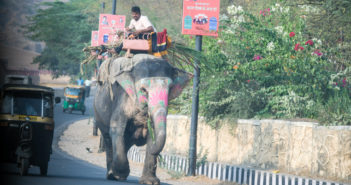
The co-founders of WildlifeSOS discuss combating wildlife crime through community development.
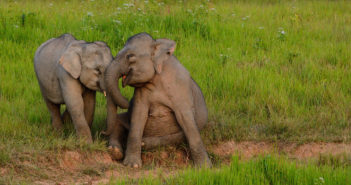
A new study brings hope for solving the violent conflicts between elephants and farmers in Thailand.
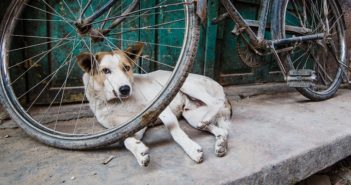
Dr. Chinny Krishna discusses the impact of free-roaming dogs on human communities and the effectiveness of TNVR (Trap, Neuter, Vaccinate, Return) as compared to lethal culling.
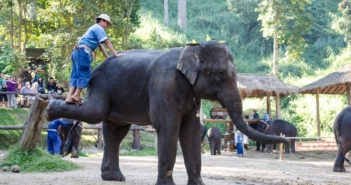
The pandemic has revealed the truth about Thailand’s unsustainable and exploitative elephant tourism sector — and a chance to rethink the relationship between humans and elephants.
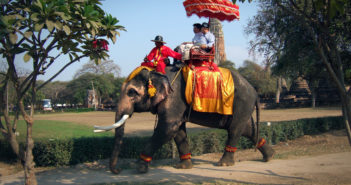
As many elephant owners in Asia are left without income from tourism, they are turning to breeding their elephants.
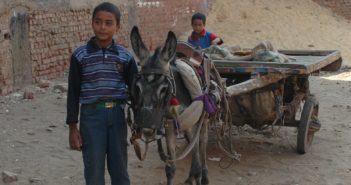
Recognizing the connections between animal protection and the SDGs can help advocates maximize impact, win government support, and collaborate with other stakeholders.
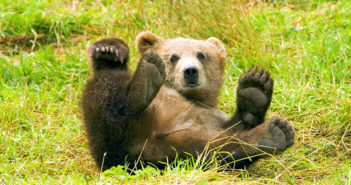
In the United States, wild bears are being killed for their gallbladders due to the global bear bile trade.
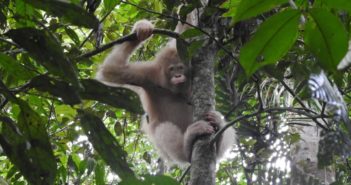
A Bornean orangutan named Alba, who is believed to be the only albino orangutan alive in the world, is thriving in the rainforest where she was released more than a year ago.